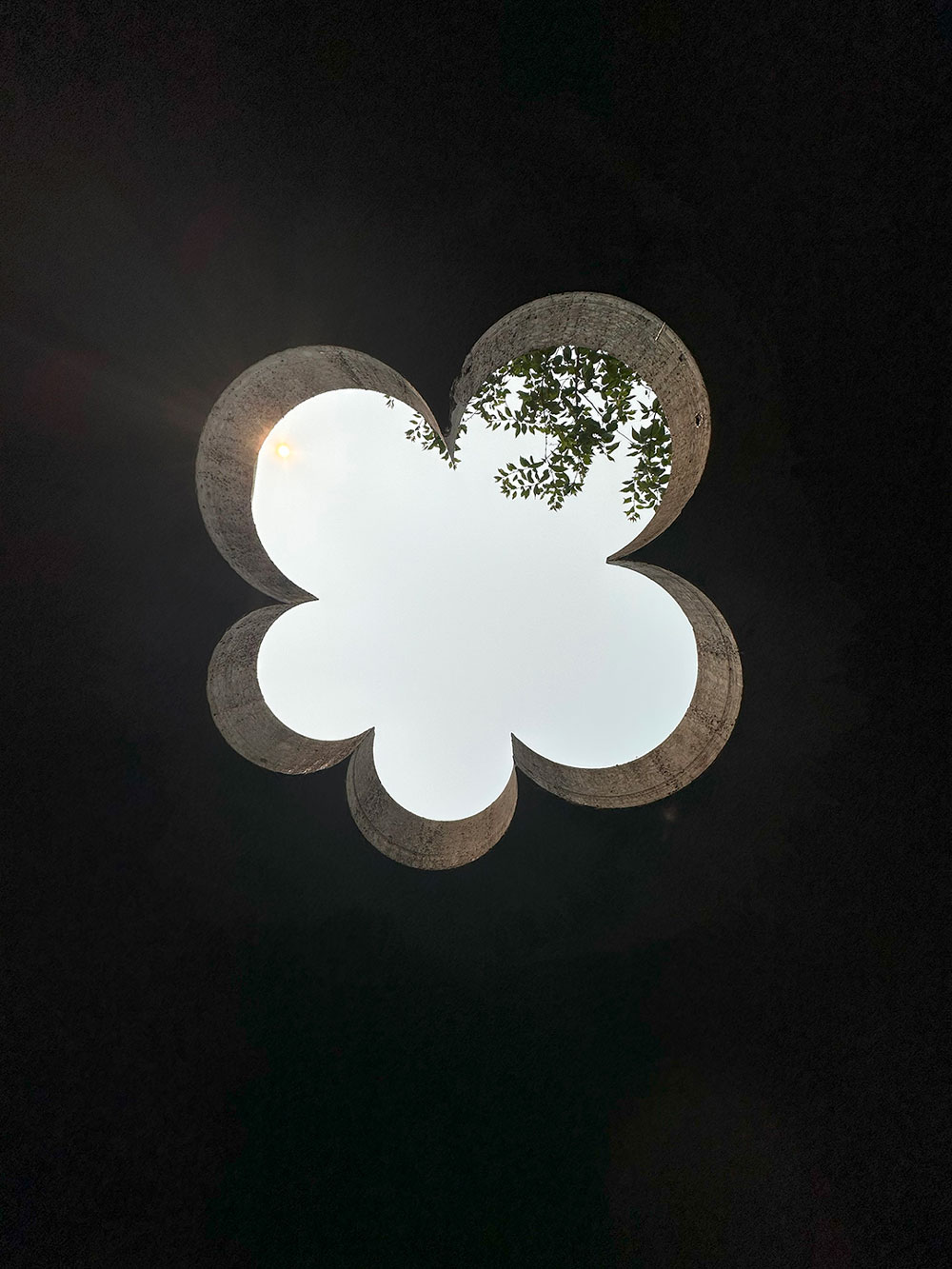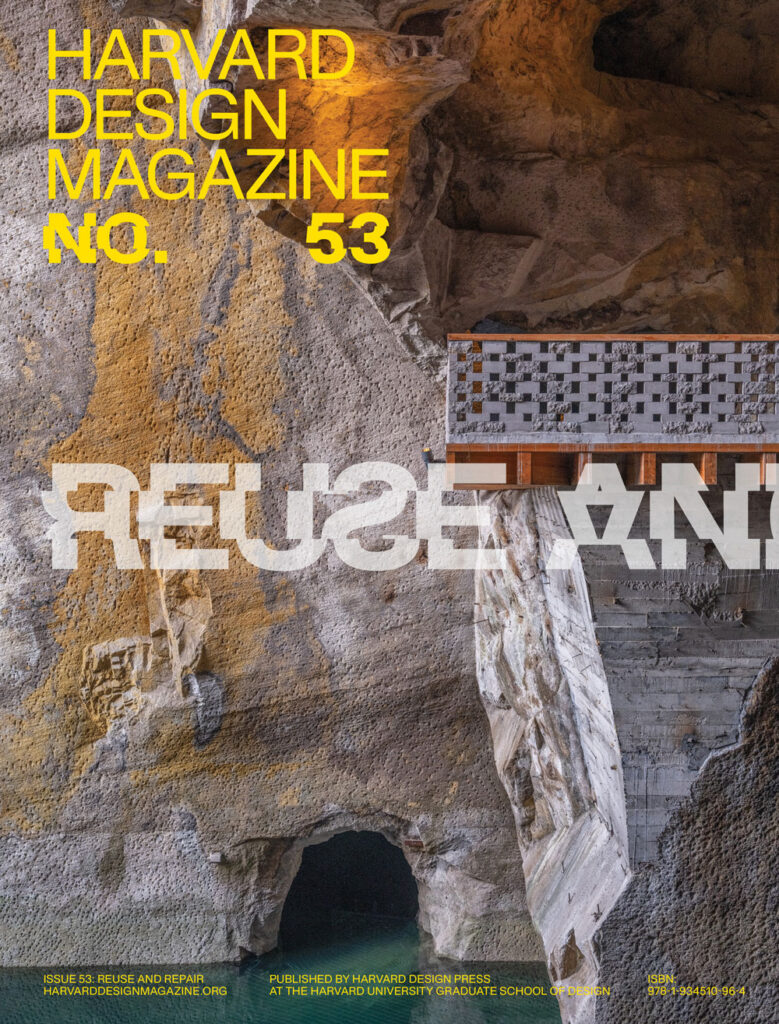LIVESTREAM INFO
| A live stream for this event will be available on this page at the scheduled start time. Closed captioning is available by clicking the “CC” icon at the bottom of the player window. |
About this Event
PLEASE NOTE: This event has been rescheduled to Wednesday, October 22nd, from its original date of Thursday, October 16th.
This event will include a conversation between guest editors Jeanne Gang and Lizabeth Cohen and architects and GSD alumni Lap Chi Kwong and Alison Von Glinow, cofounders of Kwong Von Glinow. Kwong Von Glinow’s design proposal for a renovation of a pavilion located on Chicago’s downtown lakefront is featured in this issue of the magazine and will debut at this year’s Chicago Architecture Biennial.
About the Issue
Put the city up; tear the city down,
put it up again; let us find a city.
—Carl Sandburg, “The Windy City,” 1922
Chicago was a well-loved subject of writer Carl Sandburg. His poems vividly recount the people who labored to make and remake the city during its heady period of growth in the 1910s and 1920s. Chicago’s cycle of construction and demolition stemmed from burgeoning housing and commercial demand, as well as ongoing civic improvements. But it was accelerated by architectural obsolescence, a real estate concept born in New York that reached a fever pitch in Chicago. New federal taxes incentivized owners to demolish “obsolete” buildings as young as 13 years old and replace them with more up-to-date structures. Witnessing this watershed change, Sandburg characterized the city as a place where buildings went up and down as naturally as the sun.
One hundred years later, Sandburg’s appeal to “let us find a city” feels as urgent as ever. There are grave environmental consequences of the construction-demolition cycle that once seemed full of promise. As we work to reduce the industry’s outsized contribution to the climate crisis, how can we simultaneously ensure our cities stay alive and responsive to their inhabitants? How can we live more lightly on the earth?
Reuse and repair offer one potent path forward. They save between 50 and 75 percent of embodied carbon emissions compared to new construction. Governments and institutions increasingly recognize this significance and are enacting incentives and regulations to encourage reuse and curb the building industry’s carbon pollution. Yet the architectural profession—as well as the schools that populate its ranks—continue to promote the notion that creating new buildings is the most valuable form of architectural expression. Architects who design formally distinctive buildings from scratch have long been rewarded with more lucrative commissions and accolades. Still, interest within the architecture and planning fields about the reuse, repair, and reinvention of what already exists is growing.
This issue of Harvard Design Magazine seeks to develop this increasingly vital movement, engaging reuse across multiple scales—from individual buildings to downtown streets and the regulatory frameworks that organize our cities. Highlighting creative and interdisciplinary thinking, the issue promotes the act of bringing new life to what already exists as a powerful brief for designers, their clients, and the communities they serve. We bring designers and planners together with mayors, educators, artists, and scholars from fields including urban and architectural history, disability studies, sociology, and ethnography. And we aim to open a conversation about how designing toward a low-carbon future can go hand in hand with the wider work of caring for and remaking our cities and society.
Reuse has long challenged strict notions of architectural authorship, exposing how design is often an asynchronous and collaborative process involving different architects, inhabitants, and many other stakeholders over time. Compelling cases of reuse also show that the most lasting buildings are often those most open to change.
As resistance to viewing the reuse and repair of buildings as a legitimate form of design wanes, the appeal at the heart of Sandburg’s poem—“let us find a city”—is hopefully capturing the attention of future generations. This issue asks: If we free ourselves from the inherited limits on design practice, what new kinds of architecture, cities, and ways of being might we create?
Speakers
Jeanne Gang is an architect, Kajima Professor in Practice of Architecture at the Harvard University Graduate School of Design, and founding partner of Studio Gang, an international architecture and urban design practice. Drawing insight from ecological systems, she is recognized for a research-based design process that strengthens relationships among individuals, communities, and environments. Gang’s award-winning projects span scales and typologies, with an increasing focus on the adaptive reuse and reinvention of existing structures. Her most recent book, The Art of Architectural Grafting (2024), proposes a fresh concept for making additions to older buildings, inspired by horticultural practice and the regenerative ability of plants.
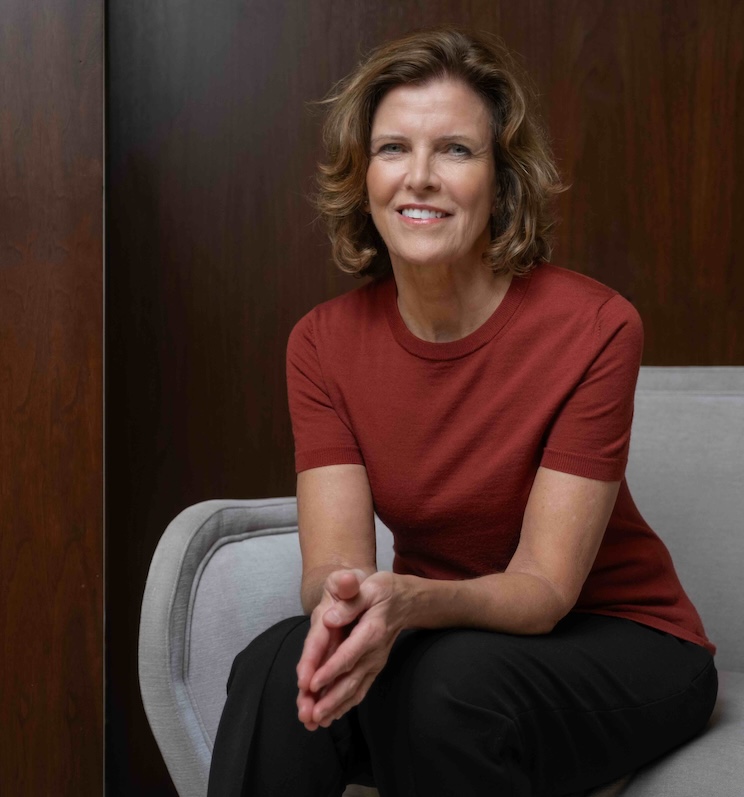
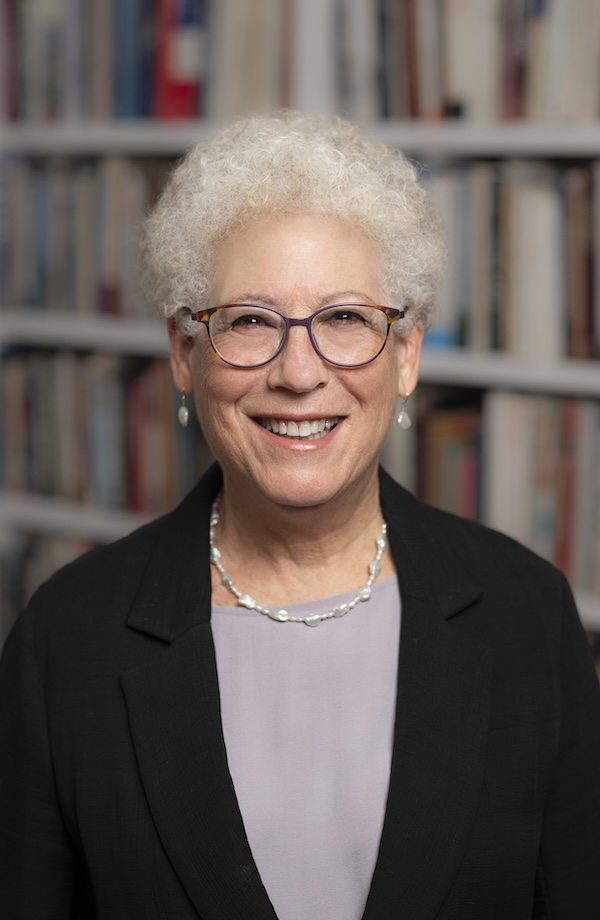
Lizabeth Cohen is the Howard Mumford Jones Research Professor and University Distinguished Service Professor in the History Department at Harvard University. Her books include Saving America’s Cities: Ed Logue and the Struggle to Renew Urban America in the Suburban Age (2019), A Consumers’ Republic: The Politics of Mass Consumption in Postwar America (2003) and Making a New Deal: Industrial Workers in Chicago, 1919–1939 (2008). From 2011 to 2018, she was dean of Harvard’s Radcliffe Institute for Advanced Study. Cohen is an elected member of the American Academy of Arts and Sciences and the Society of American Historians. She has served as president of the Urban History Association and was the visiting Harmsworth Professor of American History at the University of Oxford. Her current book project is a coauthored study comparing the impact of deindustrialization on people, places, and politics in the US and France.
Daniel M. Abramson is professor of architectural history and director of Architectural Studies at Boston University. He is the author of three books, including Obsolescence: An Architectural History, and co-editor of two Aggregate Architectural History Collaborative volumes, most recently Writing Architectural History: Evidence and Narrative in the Twenty-First Century. Current work is on postwar American government architecture related to urban renewal, federalism, and citizenship.
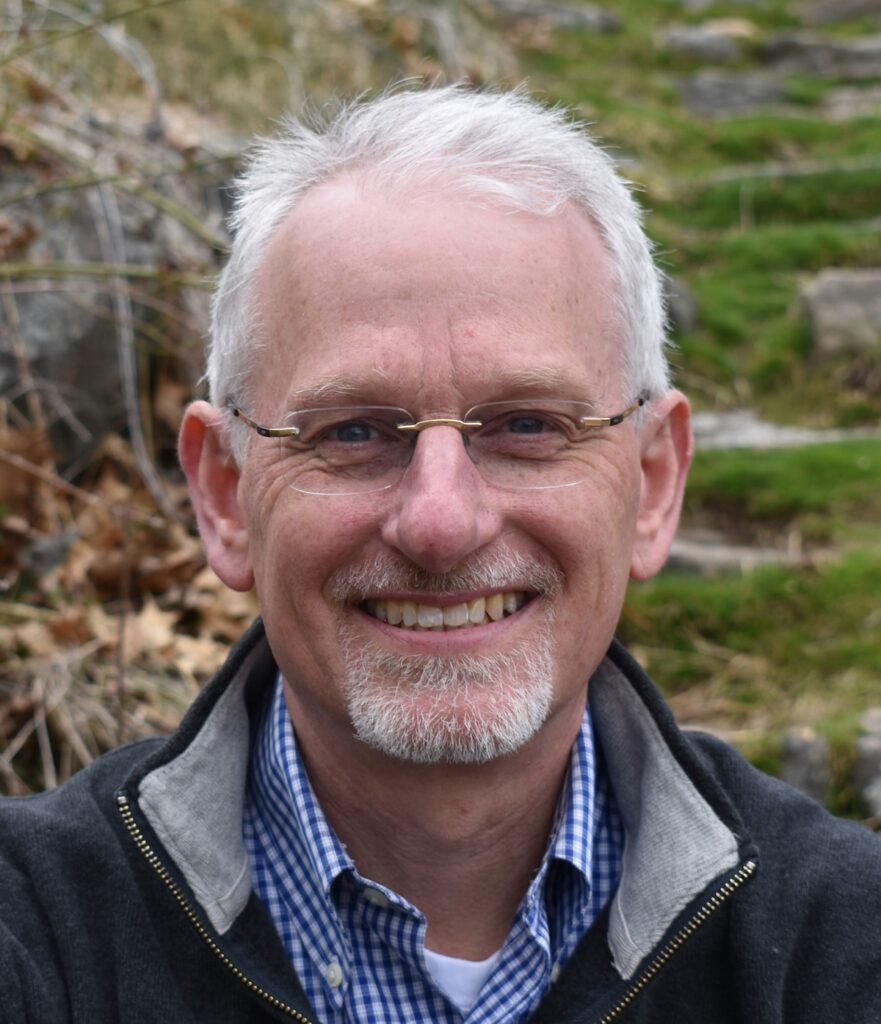
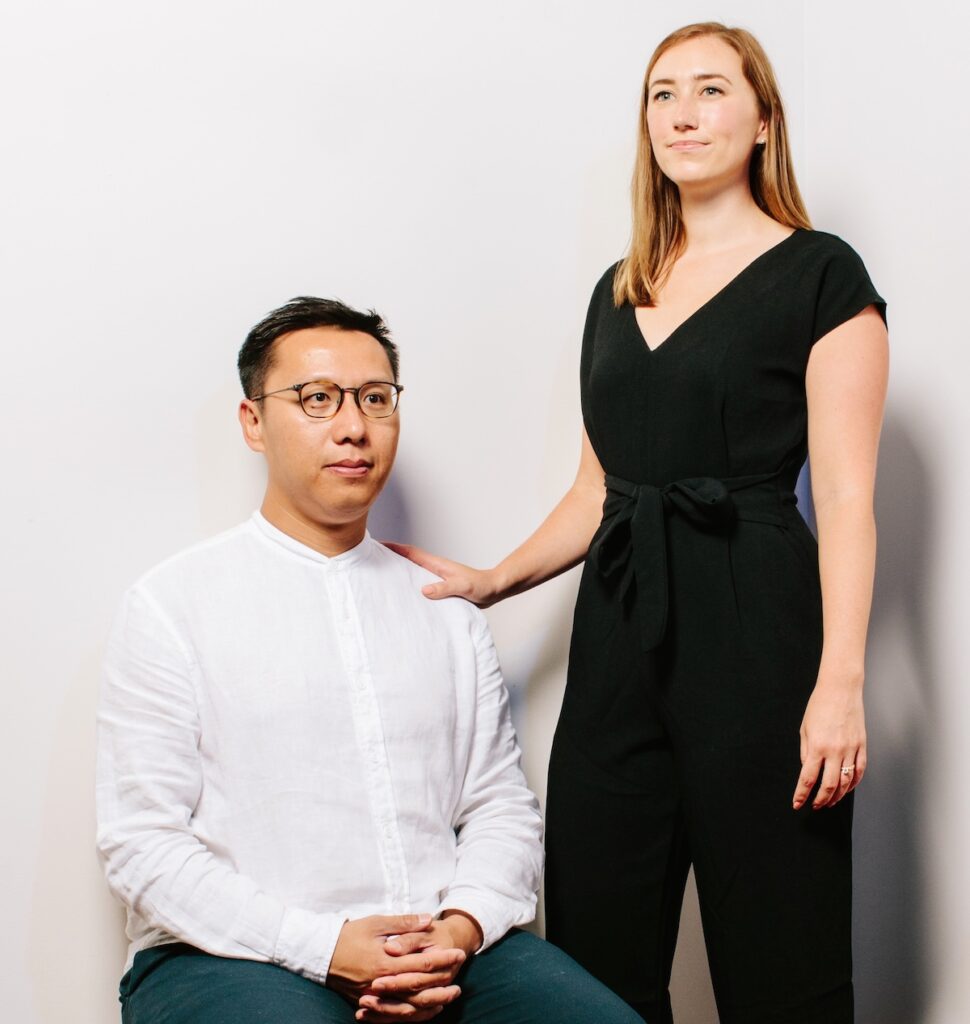
Lap Chi Kwong is the cofounder of Kwong Von Glinow. He holds a master in architecture from the Harvard University Graduate School of Design and a bachelor’s degree from the University of Washington. Before founding the firm, he worked with Pritzker Prize–winning studios Herzog & de Meuron and Amateur Architecture Studio, contributing to projects including the M+ Museum in Hong Kong, the Vancouver Art Gallery, and the Kramlich Residence & Gallery in California. Originally from Hong Kong, Kwong moved to Seattle for his undergraduate studies.
Alison Von Glinow is the cofounder of Kwong Von Glinow. She holds a master of architecture from the Harvard University Graduate School of Design and a bachelor’s degree from Barnard College. She gained experience at globally recognized firms, including Herzog & de Meuron in Basel, SOM in Chicago and New York, Toshiko Mori Architect in New York, and Svendborg Architects in Copenhagen. Von Glinow is a licensed architect in Illinois.
Harvard University welcomes individuals with disabilities to participate in its programs and activities. If you would like to request accommodations or have questions about the physical access provided, please contact the Public Programs Office at (617) 496-2414 or [email protected] in advance of your participation or visit. Requests for American Sign Language interpreters and/or CART providers should be made at least two weeks in advance. Please note that the University will make every effort to secure services, but that services are subject to availability.
#GSDEVENTS
